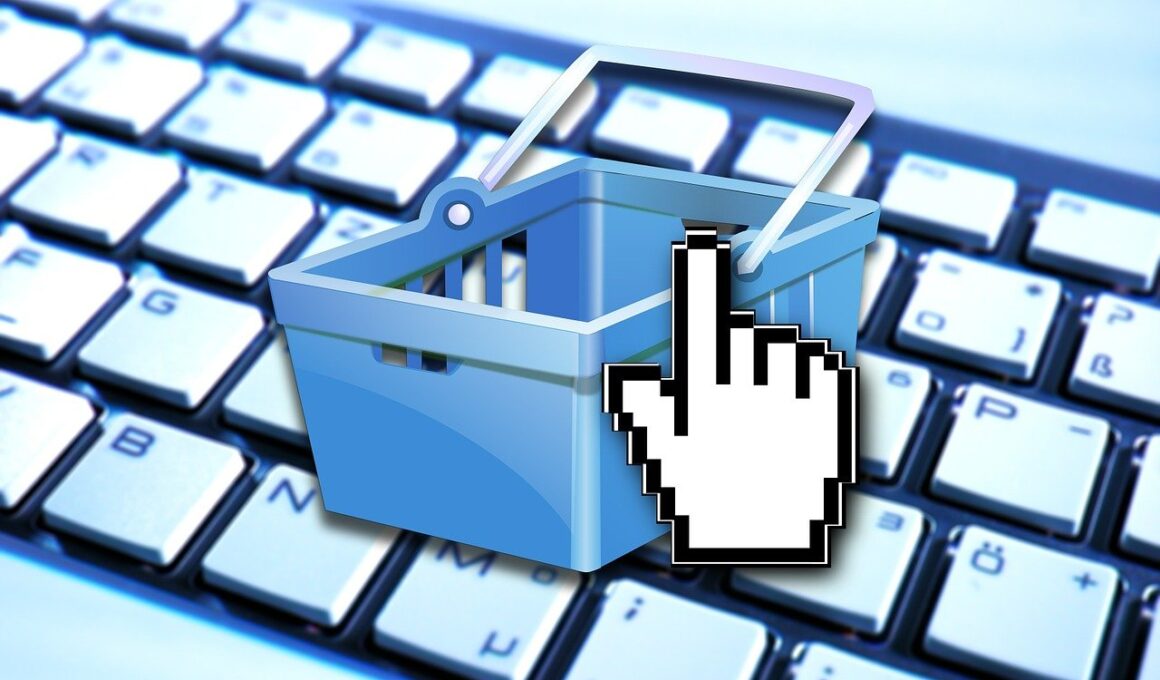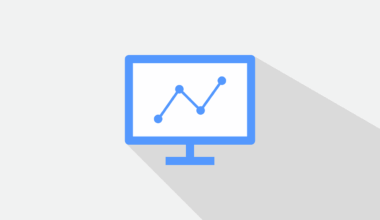Time-Based Pricing Strategies to Align Costs with Consumer Demand
Time-based pricing strategies are increasingly popular among businesses looking to enhance profitability while meeting consumer demand. This approach enables companies to adjust prices dynamically based on various factors such as time of day, seasonality, or market demand. For example, airlines often adjust their prices according to how far in advance tickets are purchased and during peak travel times. Understanding consumer behavior is crucial, and using data analytics allows firms to optimize their pricing strategy accordingly. By identifying trends in demand, organizations can tailor their pricing to make products more attractive at specific moments. Additionally, flexibly changing prices encourages consumers to make purchasing decisions quickly, hence optimizing sales cycles. Thus, a well-implemented time-based pricing strategy can effectively increase revenues without sacrificing sales volume. Careful attention needs to be given to competitor pricing strategy as well to maintain market advantage. Organizations experimenting with this pricing model should monitor consumer reactions closely to avoid potential backlash. In conclusion, aligning pricing with demand offers a strategic path to revenue maximization, enhancing both customer satisfaction and loyalty through perceived value.
Understanding Consumer Demand Patterns
Consumer demand patterns are influenced by many factors, including seasons, trends, and economic conditions. To effectively implement time-based pricing strategies, businesses must identify and analyze these patterns closely. By employing tools such as historical sales data analytics, organizations can predict consumer behavior and adjust pricing effectively. Researching past sales during specific seasons or events can reveal how demand fluctuates. For instance, retail businesses may observe spikes in demand during holidays, leading to an adjustment in pricing strategies. Incorporating advanced data analytics tools enables organizations to refine this process iteratively, ensuring optimally set prices. Additionally, external factors such as economic conditions can influence purchasing power, affecting pricing decisions and strategies. Time-based pricing also helps businesses in sectors like hospitality adjust their pricing according to anticipated demand variations throughout the year. By analyzing real-time data, companies can respond rapidly to changes, enabling a proactive approach to pricing adjustments. This continuous feedback loop creates a responsive pricing strategy, enhancing revenue and maintaining competitiveness in the market. Thus, recognizing and understanding demand patterns is vital for any business considering time-based pricing.
Setting prices dynamically offers numerous benefits to businesses prepared to invest in data analytics and technology. These adjustments can lead to increased competitiveness and higher profit margins. For example, companies leveraging online sales platforms can implement real-time pricing adjustments based on market conditions, inventory levels, and demand fluctuations. Dynamic pricing provides businesses with the flexibility to respond swiftly to consumer behavior, subsequently leading to optimizing inventory levels. This allows for a reduction in excess stock while simultaneously attracting more sales during peak demand periods. Additionally, businesses using time-based pricing strategies can decrease prices temporarily during off-peak times to stimulate demand, ensuring a steady cash flow throughout the year. It is important to consider the customer experience as well while implementing such strategies, as excessive price fluctuations may lead to consumer dissatisfaction. Thus, gaining consumer trust should remain a priority even while companies maximize revenue opportunities. Establishing clear communication regarding pricing rationale can help mitigate negative consumer sentiments and bolster brand loyalty. Implementing a well-rounded approach leads to sustained profit while enhancing customer satisfaction and long-term growth potential.
Factors Influencing Pricing Strategies
Multiple factors determine the effectiveness of time-based pricing strategies. Understanding these elements allows businesses to make informed decisions and develop more effective pricing models. Market competition plays a significant role; when similar businesses adopt comparable strategies, it may lead to a price war, negatively impacting profitability. Therefore, companies must assess their competition and remain informed of their pricing tactics. Another influencing factor is the cost structure, which includes production, distribution, and marketing expenses. Aligning these costs with pricing ensures businesses can maintain profitability even when prices fluctuate. Consumer psychology also plays a crucial role; businesses need to understand how customers react to pricing changes, as perceived value can substantially affect sales. Employing A/B testing strategies can empower organizations to refine their pricing approach constantly. Furthermore, technology advancements such as AI and machine learning can enhance predictive analytics capabilities, enabling real-time adjustments based on multiple influencing factors. By considering and analyzing the various elements that affect pricing strategies, businesses can implement time-based pricing more effectively, aiding in revenue optimization and customer satisfaction.
In addition to the aforementioned factors, companies must also consider the regulatory environment surrounding pricing strategies, as legal implications can heavily influence how they set prices. Certain industries may face strict regulations regarding price adjustments, especially in sectors like utilities or healthcare. Failing to comply may result in significant penalties or reputational damage, hindering a company’s ability to utilize time-based pricing effectively. Businesses must remain vigilant regarding changing laws and adapt their strategies accordingly. Furthermore, consumer demographics significantly impact pricing strategies, as varying age groups may respond differently to price changes. Understanding the specific characteristics of target consumers allows for the development of personalized pricing strategies that cater to diverse preferences. For instance, younger consumers may be more price-sensitive, while older consumers may value quality and service, which can justify premium pricing. Thus, segmenting the market and customizing pricing strategies can increase overall effectiveness. By combining legal compliance with a deeper understanding of consumer demographics, businesses can effectively implement time-based pricing strategies while minimizing potential risks.
The Role of Technology in Pricing Strategies
Technology has become paramount in optimizing time-based pricing strategies, allowing businesses to analyze vast amounts of data more effectively than ever before. Advanced algorithms, machine learning, and artificial intelligence tools expedite the analysis of consumer behaviors and market trends. These technologies provide actionable insights, allowing businesses to tailor their pricing strategies dynamically based on real-time data. For example, companies can deploy algorithms that automatically adjust pricing in response to changes in demand, competitor prices, or other market factors. Automation in pricing ensures quicker response times, leading to enhanced sales efficiency. Additionally, technology enables seamless integration of pricing strategies across various sales channels, from e-commerce platforms to brick-and-mortar stores. This cohesive approach offers customers a unified experience, reinforcing brand recognition and loyalty. Furthermore, continuous data analytics enables businesses to test different pricing models, resulting in finding the ideal balance between customer satisfaction and profitability. As technology advances, its role in shaping future pricing strategies will only grow, making it crucial for businesses to adopt these tools early, ensuring a competitive edge in the marketplace.
In conclusion, implementing time-based pricing strategies requires a comprehensive understanding of consumer behavior, market dynamics, and technological advancements. By recognizing demand patterns, companies can adjust prices flexibly to attract customers and optimize revenues. Utilizing data analytics software equips businesses with the necessary tools to analyze trends and forecast outcomes accurately. It is crucial to maintain a balance between competitive pricing and improving customer experiences to foster loyalty in the long run. Additionally, compliance with legal regulations surrounding pricing should not be overlooked, protecting businesses from potential risks. Organizations should also consider the impact of consumer demographics on pricing strategies, as different segments may respond uniquely to price adjustments. Lastly, as the landscape of technology continues to evolve, businesses must remain adaptable and willing to innovate within their pricing strategies. By embracing change and leveraging these insights effectively, companies can position themselves favorably against competitors while maximizing profitability. Through strategic implementation of time-based pricing, organizations can not only boost their bottom line but also enhance customer satisfaction, ultimately driving growth and success.
As businesses continue to adapt, the future of pricing strategies looks increasingly dynamic and responsive. With innovations in technology, and growing access to real-time data, companies that embrace these changes will capitalise on improved customer satisfaction and loyalty. Consumer preferences will certainly dictate pricing models, leading to ever more tailored approaches. Companies prepared to experiment and innovate within their pricing strategies stand to gain a competitive edge in today’s fast-paced market. The integration of sustainable processes into pricing strategies will also increasingly play a role, as consumers become more environmentally conscious. By aligning pricing strategies with sustainable practices, businesses can not only meet consumer expectations but also drive long-term profitability. As the focus on data-driven insights grows, companies will need to ensure they have the right systems in place to keep track of their pricing strategies effectively. In conclusion, time-based pricing strategies may well continue to shape the future of pricing, fostering an environment where businesses can thrive through adaptability and innovation in response to fluctuating demand.


